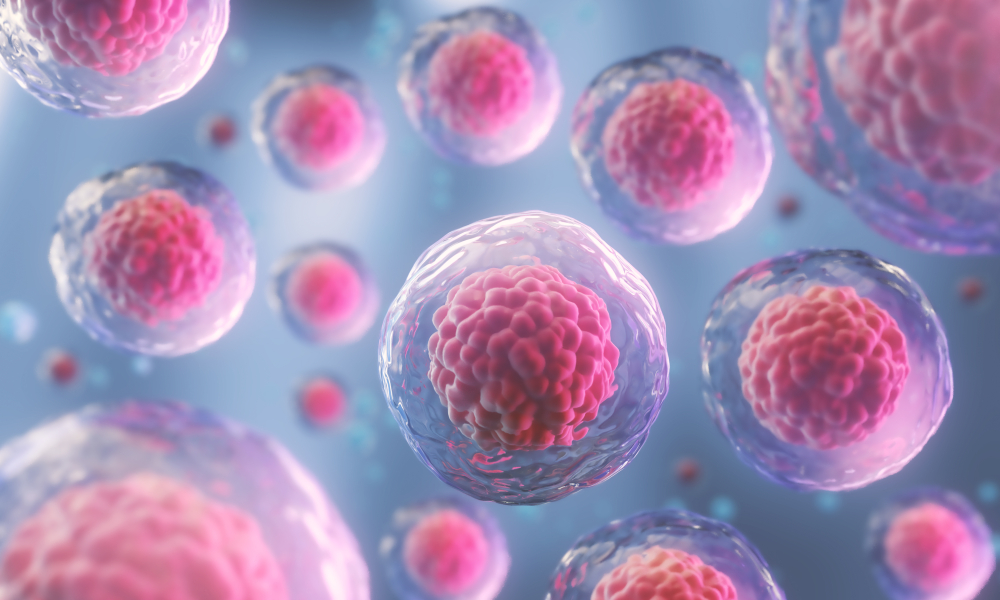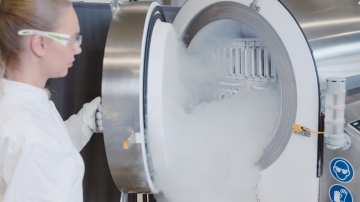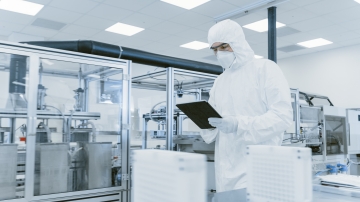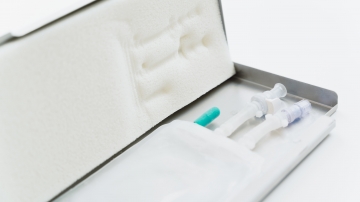How to measure and improve cell viability?
Table of contents
ShowCell viability is crucial in cell banking and scientific applications. It refers to the percentage of live and healthy cells to the total number of cells in a sample, indicating cell health and functionality. Ensuring high cell viability is vital for reliable results in cell banking, supporting research, and future therapeutic uses.
This article explores the significance of cell viability in cell banking, common assessment methods, and its impact on advancing scientific knowledge and medical treatments.
Understanding cell viability
Cell viability is a concept to be found in various scientific and medical fields. It refers to the percentage of live and healthy cells within a cell population. The assessment of cell viability is essential to determine the health and functionality of cells, ensuring the reliability of experimental results.
To examine cell viability, researchers often evaluate factors such as plasma membrane permeability, cell membrane integrity, metabolic activity, and overall cellular functions.
Read more: Cell viability vs. cell proliferation | Cell viability vs. cytotoxicity
Importance of measuring cell viability
Measuring cell viability holds immense importance in various scientific endeavors. In drug development, researchers can gauge the effectiveness and safety of potential medications by evaluating their impact on cell viability.
Similarly, in toxicity testing, the viability of cells exposed to chemicals or substances provides crucial insights into their harmful effects. Additionally, studying cell viability in disease research helps identify potential treatments and understand disease progression.
Methods for measuring cell viability – cell viability assays
There are several cell viability assays on the market – some of the most prominent are:
- MTT Assay: Measures metabolic activity by the viable cells’ ability to convert MTT dye (3-(4,5-dimethylthiazol-2-yl)-2,5-diphenyltetrazolium bromide) into formazan crystals
- Trypan Blue Exclusion: Distinguishes live cells from dead cells based on membrane integrity
- ATP Assay: Assesses cellular energy (Adenosine triphosphate) levels as an indicator of viability
- Resazurin Assay: Measures cell viability through resazurin reduction
These assays aid researchers in obtaining valuable insights into cell health, supporting reliable scientific and medical studies.

Factors affecting cell viability
Cell viability can be influenced by various factors, both internal and external. The environment in which cells are cultured, such as temperature, pH, and nutrient availability, can significantly impact their viability.
Furthermore, cell culture techniques, including passage number and confluency, play a vital role in maintaining cell health. Researchers must be aware of these factors to optimize cell viability and obtain reliable experimental data.
Improving cell viability
To enhance cell viability, researchers can employ several strategies. Adding specific reagents to the culture medium before cell banking can promote cell proliferation and overall health, e.g. with the use of cryoprotectants to improve post-thaw results.
Furthermore, using appropriate manufacturing and cold storage technologies tailored to the specific cell type can improve cell viability and proliferation. For example, Gram-positive bacteria can be frozen to ultra-low temperatures more easily, given their more robust cell membrane compared to Gram-negative bacteria. By implementing strategies that pay tribute to individual cell type requirements, researchers can create an ideal environment for cells to thrive and produce robust and reliable experimental results.1
Maximizing cell viability with holistic process design
Achieving a high post-thaw cell viability does not depend on one single factor. In fact, there are several hurdles along the processing and storage of cells via cGMP cell banking, all of which have to be mastered to obtain cells with maximum viability – any error can result in cell damage, project delays and higher costs.
One way of maximizing cell viability is a holistic approach to the manufacturing process of cells, paying particular attention to reducing the need for human intervention. A high level of automation can enhance process consistency, meeting the specific requirements of cell-based products.
Combined with suitable cryoprotectants, for instance, specialized freezing platforms can provide optimized freezing results with high viability after thawing cells. This is also illustrated by the use of CryoShieldTM as cyroprotectant when freezing cells with Single Use Support’s RoSS.pFTU plate freezer. The combination allows cyropreservation of cells in monolayer, providing cells with high post-thaw viability and proliferation for manifold applications.
FAQs
How is cell viability calculated?
Cell viability refers to the percentage of living cells compared to the total number of cells in a sample. To calculate cell viability, divide the number of living cells by the number of total cells in a sample. By multiplying the result by 100, the percentage of living cells can be calculated.
Why is it important to determine cell viability?
Determining cell viability is crucial for assessing cell health and functionality. It ensures reliable experimental results and supports various scientific and medical applications.
- Cold Storage Environments for the Most Thermosensitive Biological Samples, https://www.news-medical.net/whitepaper/20220628/Cold-storage-environments-for-the-most-thermosensitive-biological-samples.aspx, Published 2022









